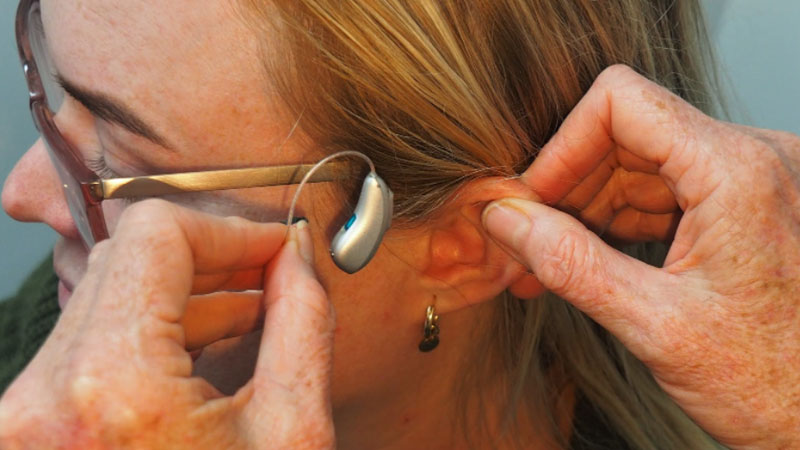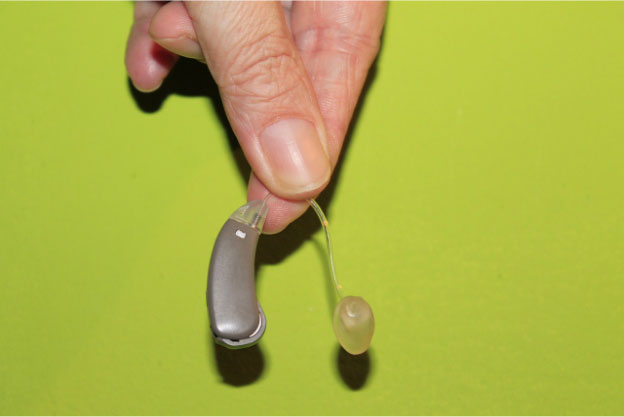Cleaning Hearing Aids: Tips and Tricks You Should Know
Hearing aids operate in conditions that are far from ideal, unlike other electronics. These devices can malfunction due to excessive moisture, earwax buildup, or other issues. Since hearing aids are a significant investment, people who wear them should follow a regular hearing aid cleaning routine. You can clean them yourself, or use routine maintenance provided by your hearing care professional.
There are plenty of available hearing aid cleaning kits to use at home, or you can seek professional maintenance in serious cases. Below, we’ll talk about the importance of cleaning your hearing aids and some tips on caring for your device.

Cleaning products
Many hearing aid companies are offering great solutions to people who are experiencing hearing loss. Phonak, for example, is one of the most popular hearing aid providers, offering a completely invisible hearing aid with technologies for better sound and hearing. It’s good to know that you can find many Phonak hearing aid parts online, so you can clean and maintain your device.
Since cleaning aids are essential, you might want to consult with your doctor to check which tools are suitable for your specific device. Some of the tools include:
- Cleaning brush – it removes earwax, dust, dirt, and dandruff that usually accumulates on the hearing aid’s shell.
- Ventilation cleaner – it removes earwax and moisture from the vents in ITE hearing aids.
- Wax pick – removes wax and debris from the hearing aid’s nooks and vents.
- A wax guard – it’s a small plastic tool that individuals attach to their device to prevent earwax, moisture, and dust from getting inside the device.
- Drying station – it is used to store hearing aids when they’re not being used by an individual, keeping them moisture-free.
- Multitool – it’s an all-in-one tool consisting of a wire loop, a cleaning brush, and a magnet for thorough cleaning.
Cleaning routine
The FDA (Food and Drug Administration) states that people should follow a routine for cleaning as well as maintaining their hearing aids. This will help extend their device’s lifespan and prevent malfunctions. It is recommended that people clean their device every day by wiping it with dry tissue every time they remove it from their ears.
You can turn the device off and keep the battery compartment open when not in use. Additionally, you can store it in a dry aid overnight and during the day, when you can take the device out of your ear. Don’t forget to remove any earwax buildup in the opening with a pipe cleaner. The FDA also provides some general tips for cleaning and maintaining hearing aids but keep in mind that the cleaning method depends on the type of device a person is using.
How to clean hearing aids
1. Remove wax from the surface of the hearing aid
First, inspect the tip that goes into your ear and then brush or wipe away any wax that you can see. Do not use chemicals or water. If you have a hard shell, wipe the hearing aid with a dry cloth, and if you have a soft, rubber tip, brush the wax away.
2. Inspect the sound port or wax guard
Some devices have a small wax guard covering the sound port. If this fills up with wax, it can cause the device to malfunction. This means you should replace the wax trap when necessary. Note that some instruments have tubing extending from the instrument. In this case, you can use the cleaning tool to pick out the wax. However, if you’re unsure which one you have, consult with your hearing professional.
3. Inspect the microphone area
If you’re not sure where your microphones are, ask your hearing professional for guidance. For example, on the behind-the-ear (BTE) hearing aids, the microphones are on the part that sits above your ear. In the in-the-ear (ITE) hearing aids, the microphone is usually near the battery door. You can run the brush across the microphones to remove debris.
4. Vent cleaning
If your device has a vent, run a vent-cleaning tool through it. Note that if you have an earmold or a custom hearing aid, there’s a good chance it has an air passage or a vent. You can run a thin filament through the space to push any buildup wax out.

Final thoughts
Individuals who are using hearing aids should clean their devices regularly if they want to use them for a long time. There are different tools for different components, so make sure you use the correct ones for your specific device. You can find a range of hearing aid cleaning kits online or you can shop at local pharmacies. If you have any trouble, make sure you talk to a hearing professional.



